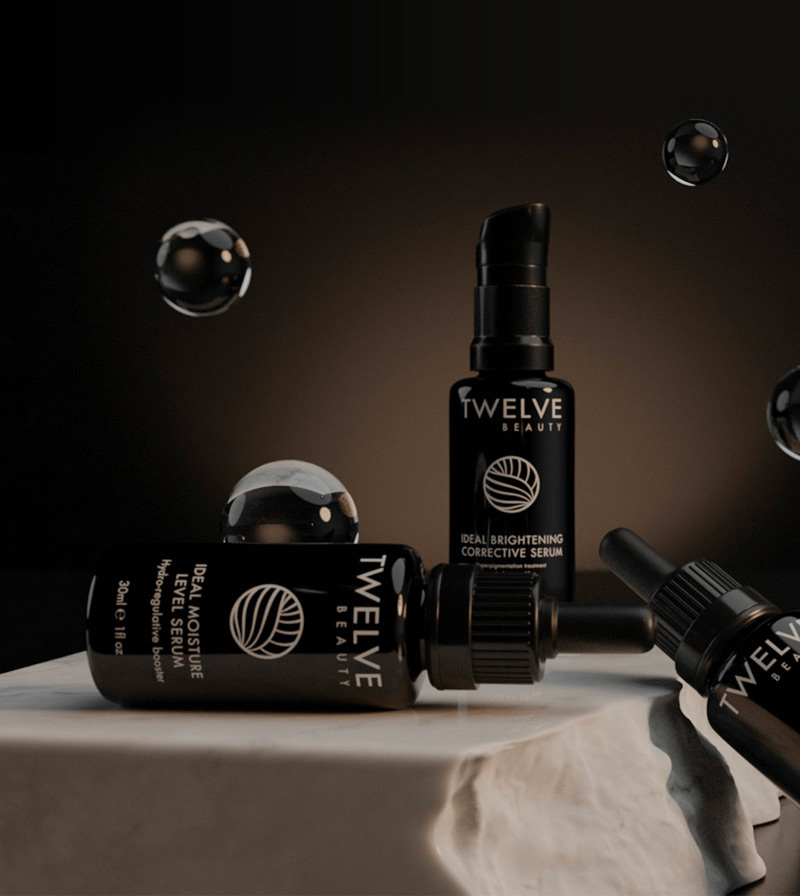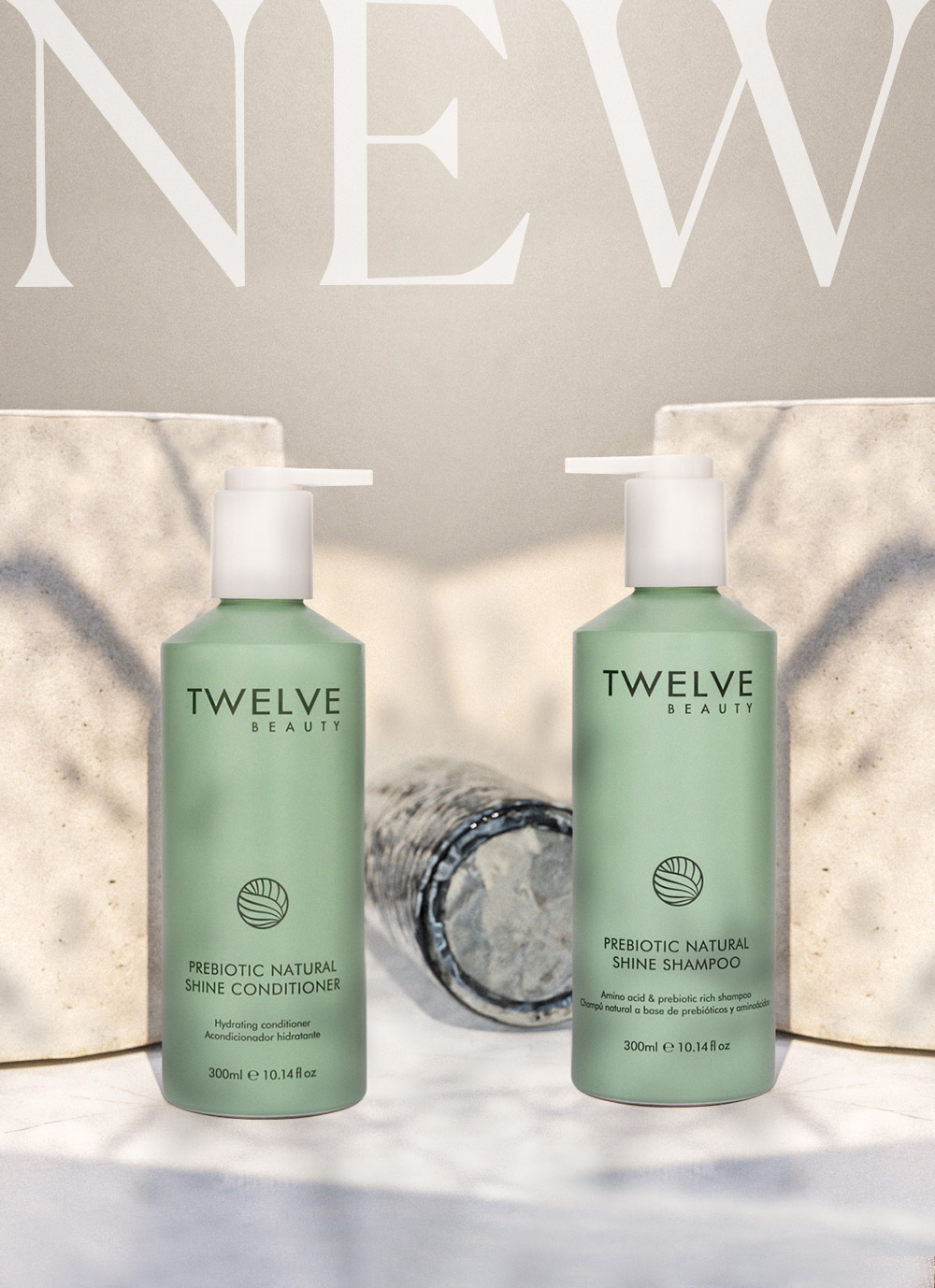Twelve Beauty
A Revolutionary Reward
for Healthy Skin
for Healthy Skin
Shop Now

Green Beauty Reinvented
Twelve Beauty is a revolutionary skin care range designed to provide optimal skin radiance. Using only the purest ingredients available, our formulas keep your skin healthier for longer.
BOTANICAL-BASED RETINOL ALTERNATIVE
Plant Perfection Gel Serum
Plant Perfection Gel Serum has been developed to answer the needs of those who are looking for an ultra-effective, safe, easy-to-use solution to this concern, with visible results from the first application.
BOTANICAL-BASED RETINOL ALTERNATIVE
Plant Perfection Gel Serum
Plant Perfection Gel Serum has been developed to answer the needs of those who are looking for an ultra-effective, safe, easy-to-use solution to this concern, with visible results from the first application.


Best Sellers
High-performance skin care collection which fuses botanical expertise with clean, skin-safe and science.



Error: Undefined error











